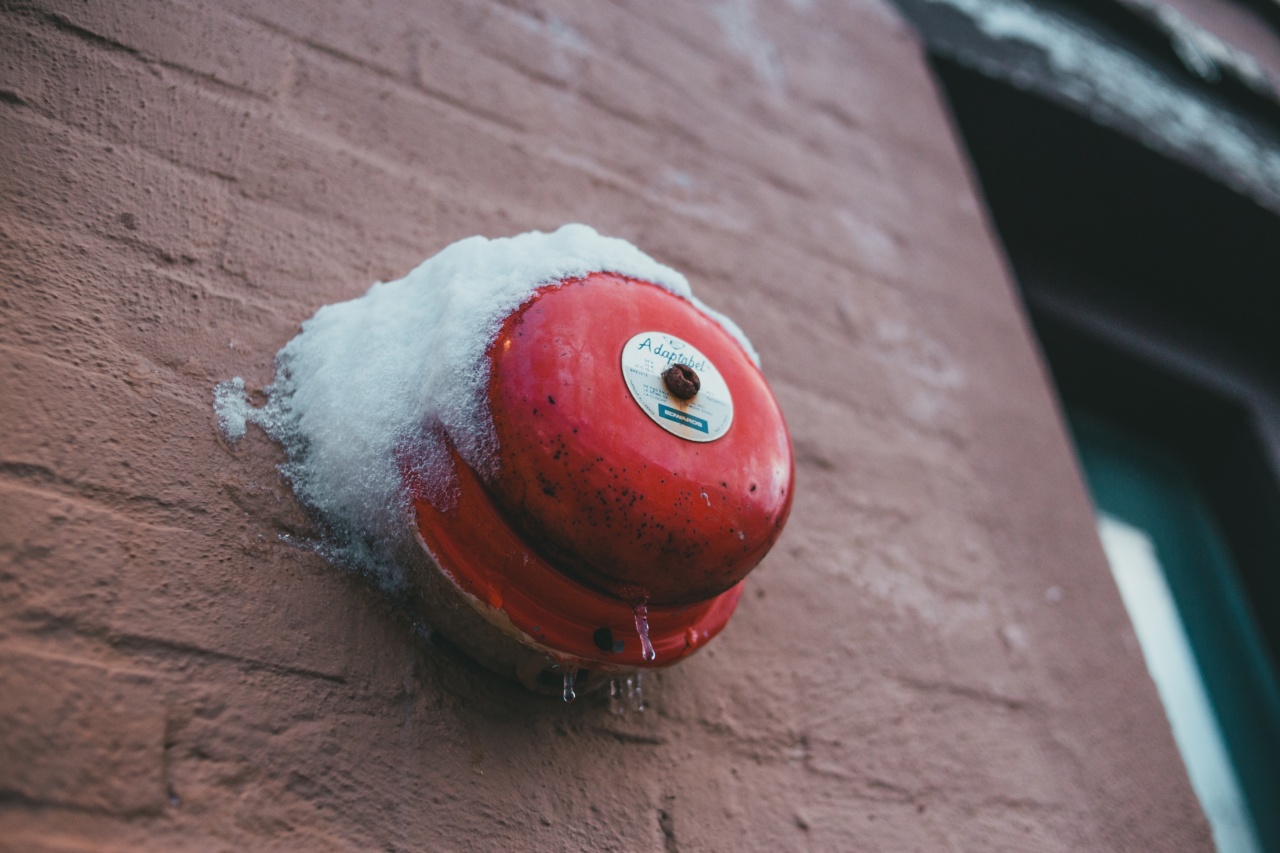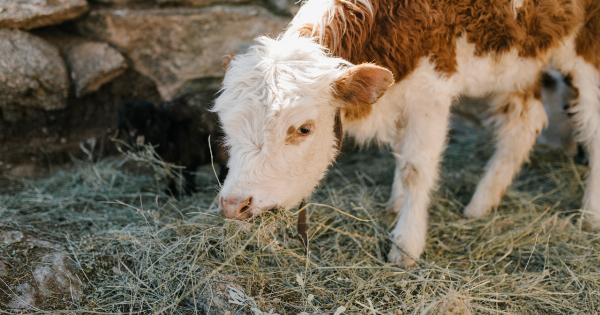The winter season can be harsh on dogs, especially when it comes to their paws. The cold weather can lead to dry, cracked paws and ice can cause cuts, bruises, and frostbite.
It is important to take measures to protect your furry friend’s paws during the cold winter months.
1. Keep Your Dog’s Paws Clean and Dry
During winter walks, your dog’s paws can pick up salt, ice, and lingering snow. Salt and other ice treatments can be very irritating to your dog’s paws and can cause dryness, cracking, and even chemical burns.
To prevent this, make sure to wipe your dog’s paws after each walk with a warm damp cloth. Pay particular attention to the area between the toes. Leaving your dog’s paws moist can lead to further complications, such as fungal infections.
So, make sure you dry them thoroughly after wiping.
2. Invest in Good Quality Dog Boots
If your dog is particularly sensitive to the cold weather, it is worth investing in a good pair of dog boots. These boots will protect their paws from the harsh, cold weather and prevent any ice or salt from getting in between their toes.
Dog boots also provide additional traction for your dog, which can help to prevent slips and falls on icy surfaces.
Make sure to choose a pair that is the right size and type of boot for your dog, as they come in different styles and sizes.
The wrong size can cause discomfort and restrict your dog’s movement, which can lead to further complication such as joint problems and muscle stiffness.
3. Use Petroleum Jelly or Paw Balm
Using a paw balm or petroleum jelly is a cost-effective way to protect your dog’s paws from the cold and harsh elements of winter.
This will help to keep your dog’s paws moisturised and supple, which is crucial for preventing dryness and cracking.
Before going for a walk, apply a generous amount of paw balm or petroleum jelly to your dog’s paws. This will create a protective layer and help prevent any ice or snow from sticking to their paws.
As well as this, it will also soothe and heal any existing cracks or irritations in their paws.
4. Trim Your Dog’s Paws Hair
During the winter season, it’s a good idea to trim the hair around your dog’s paw pads. This helps to prevent ice from getting caught and forms ice balls.
Ice balls can be very painful for your dog and can also cause difficulty in walking and running.
While trimming this hair, cut the nails to the right length ensuring you don’t cut too short.
If you’re not familiar with nail trims, it’s recommended to consult a professional groomer or a vet to avoid hurting your furry buddy or causing them any discomfort.
5. Limit Walk Time in Cold Weather
In extreme cold weather, it’s important to limit your dog’s time outside to avoid frostbite or hypothermia. If your dog has to be outside for an extended period, make sure they have a warm shelter to retreat to when they need a break.
Additionally, consult with your vet for indications about your breed to know the right amount of cold weather time they can handle.
6. Antifreeze is Dangerous
Antifreeze tastes sweet to dogs and, therefore, attracts their attention. The chemical is highly toxic, and it can cause severe kidney damage and dehydration, sometimes even death.
So, it’s essential to keep antifreeze and other harmful chemicals out of reach of your pet. Keep an eye out for puddles containing these substances when walking your dog and don’t let them lick it accidentally.
7. Give Your Dog a Warm Bath After Trips out in the Cold
During winter walks, your dog can accumulate salt, chemicals, and other debris on their paws and fur. Bathing your dog in warm water can help to remove any harmful substances, and keep their skin moisturised by using a mild pet shampoo.
It’s a good idea to do this after every winter walk or as required.
8. Regularly Check Your Dog’s Paws
Regularly checking your dog’s paws for any signs of cracks, splits, or abrasions is essential. This will allow you to treat any minor issues quickly before they develop into more serious ones. If in doubt, consult your veterinarian.
9. Give Your Dog a Balanced Diet
A balanced diet is crucial to keep your dog’s fur and skin healthy during the winter season. Include Omega-3 fatty acids in their diet as it helps in maintaining your dog’s skin hydrated and prevents the formation of any cracks.
Additionally, ensure they have treats that support healthy teeth and strong bones to prevent dental and joint issues, which can lead to physical limitations and becoming less playful and energetic.
10. Conditioning and Training
Your dog needs to be comfortable and acclimatized outside during the winter season. Conditioning your pooch gradually for cold weather walks will help them reduce the shock of temperature changes.
As their owner, your dog needs to associate their booties/training with something positive such as a new toy or treat. Reinforcing positive behaviour is crucial and allows for a more enjoyable experience for your furry friend.
In Summary
Protecting your dog’s paws during the winter season is essential to prevent discomfort, pain, and health complications such as frostbite, cuts and abrasions, and chemical burns.
Avoid using harmful chemicals, limit their outside time in cold weather, keep their paws clean and dry, use paw balm or petroleum jelly, and trim hair and nails regularly. Invest in a good pair of boots, maintain a healthy diet, and regularly check your dog’s paws for any signs of ailments. With these preventative steps, you can help your furry friend stay safe and healthy during the winter season.






























